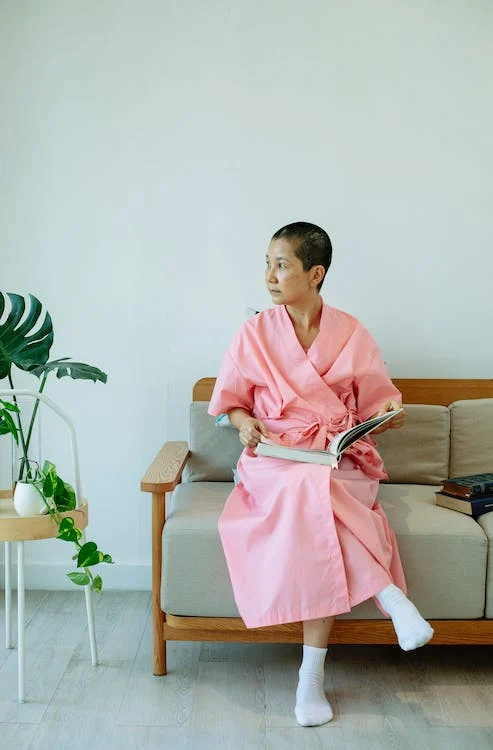Summary
– What is a private retirement home?
– Private retirement home: how does it work?
– Private retirement home: admission formalities
– Rates for private retirement homes
– Advantages of a private retirement home
– Disadvantages of a private retirement home
Private retirement homes are not part of the hospital sector, unlike public retirement homes.
What is a private retirement home?
Private retirement homes can be part of the associative network and depend on the commercial sector. They can also be managed by private investors or other social actors, such as mutual insurance companies, pension funds, or foundations. As a result, they are not operated by a medical-social organization of a public structure.
Please note: associative establishments are often not-for-profit, unlike commercial retirement homes with significant financial objectives.
Private retirement home: how does it work?
Like public sector retirement homes, they can be:
– retirement homes under an agreement;
– medicalized or non-medicalized retirement homes;
– specialized Alzheimer’s retirement homes, such as Alzheimer’s living units.
Their main objective is to offer the same services as the public sector, i.e.:
– therapeutic activities and entertainment;
– identical care and support;
– personalized medical follow-up;
– different types of care (extended stay, temporary, daytime, or even night-time).
Private retirement home: admission formalities

As with public retirement homes, certain administrative formalities are required to enter a private retirement home, including
– a medical file including a medical certificate and a medical questionnaire that mentions any contraindications, current treatments, and family history. The attending physician establishes it;
– an administrative file accompanied by various supporting documents.
Once the admission file has been compiled, the nursing home will decide whether or not to accept the future resident, depending on his or her state of health and autonomy.
In case of acceptance, these documents will be attached to the contract of stay at the time of registration in the retirement home.
Rates for private retirement homes
The management method is different between private and public retirement homes, which has repercussions on the cost of the stay and the older adult’s daily life.
The price is set by the private establishment and is therefore very variable:
– Some facilities can be very affordable and similar to public nursing homes by offering social aid opportunities.
– Other high-end retirement homes are much more expensive and have much more restrictive conditions.
Advantages of a private retirement home
Private retirement homes offer a wide variety of benefits, such as
– a wide range of accommodations from simple studio apartments to single-family homes;
– more upscale and diverse nursing home entertainment;
– a much shorter waiting list;
– the fact that pets are accepted;
– modern equipment and infrastructures that are much more comfortable.
Disadvantages of a private retirement home
In a private home, everything is paid for. It is therefore essential to know what is included or not in the accommodation price:
The prices are often higher than those offered in a public retirement home. The diversity of their services and activities can justify higher prices than in a public nursing home.
– Any medical care or assistance is an additional service: it is, therefore, necessary to calculate the cost price of a place in a private retirement home by adding to the housing costs the fees for all the services desired by the resident.







